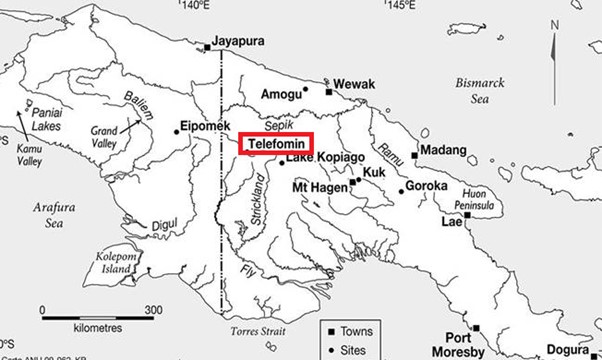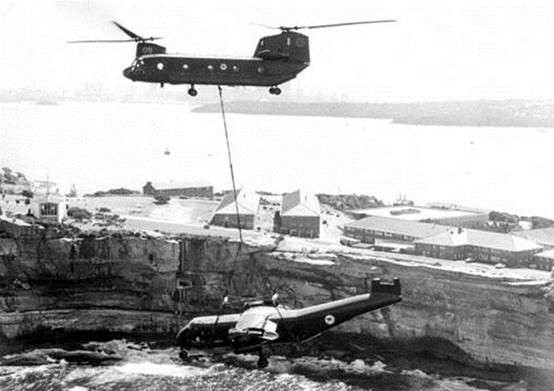|
|
||
|
||
|
Privacy Policy | Editorial Policy | Profit Policy | Join the Association | List of Members | Contact us | Index | Links |
||
|
Back Go to page: 1 2 3 4 5 6 7 8 9 10 11 12 13 14 15 16 17 18 19 20 Forward |
||
|
|
||
|
Contents:
35 Sqn Caribou crash at Eliptamin.
|
||
|
The People I meet.
As everyone knows I have the body and physique of which many a man would be extremely envious, however, a body like mine does not come naturally.
You have to work at it.
I was once a ten stone weakling but after getting sand kicked in my face while at the beach with my lady, I decided to do something about it. That humiliating event was far too painful to bear, my lady was embarrassed and left without a word, I considered just swimming out to the horizon and not returning but being a good Catholic boy I expunged that thought from my conscious mind and decided to bulk up instead. Many years ago now, I joined the local gym and ever since I have maintained a routine which has resulted in the near perfect physique I possess today.
At 3.30am every day, except Good Friday and Christmas Day, I rise from my slumber ready for my daily constitutional. Apart from the magnificent physique being an attraction which no female can ignore, I also have the problem of masking the Radtechitis that constantly emanates from my person. Being acknowledged as the top Radtech the RAAF has ever had, my body is chock full of Radtechitis, which for reasons unknown to science, is a far greater attraction for the fairer sex than is a Mercedes-AMG C63 S Coupé. I am forced to cover my illustrious body with a lotion and be on guard at all times otherwise any female within range would register the presence of Radtechitis and drape herself upon my person hoping to soak up some for herself.
So, at 3.30am every morning, except Good Friday and Christmas Day, which days I sleep in until 5.00am, I leave the bed and hit the floor for 100 one arm push-ups, 50 on each arm. Once completed, I cover the body with either Johnson’s baby oil or Vaseline, which ever happens to be in the top drawer beside my bed at the time, (this contains the Radtechitis), don the bright yellow lycra suit and white Dunlop Volleys and hit the roads for a quick 25 km run, this usually takes a bit over two hours. On returning home, I have a quick breakfast of two sticks of celery and one raw carrot, then it’s time to hit the gym. I grab my towel, water bottle, phone and membership card, fire up the 60’s VW beetle, back out the driveway and in 20 mins I’m at the gym.
This is where I have to be careful, normally the gym is full of beautiful ladies and without the Radtechitis being shielded, I would be swamped, they would all try and drape themselves upon my person which would, of course, interrupt my exacting routine, and having a physique that puts all the other men to shame, I normally keep myself to the back of the gym and wear a bulky old woollen jumper so as to curb their jealousy and not distract the ladies. One morning, after I had completed my morning 3 hour session, I towelled down and stopped off at the coffee shop for my one long black of the day, as always sitting outside at the back of the café so as not to distract the other patrons.
Unbeknown to me, as I sat I must have wiped a bit of baby oil off my arm as a tiny whiff of Radtechitis escaped and was whisked off in the prevailing wind.
Some 10 km away, the lovely Deanna Byrne was in her garden digging a patch to plant a dozen Grosse Lisse tomato plants. Suddenly she caught a tiny whiff of that Radtechitis that had flown past her veggy patch. Immediately she knew from whence it came, she threw off her Blundstone gum boots, Army surplus battle jacket and leather gloves, raced inside, popped on a t-shirt and a pair of purple crocs, hopped on her aging 3 wheel bike and headed for the coffee shop, roaring down the centre of Samford Road with her hair streaming out behind.
She raced in, and seeing me in the far corner, shooed all the other diners away, draped herself upon my person and soaked up some Radtechitis. I allowed this to continue for 48 minutes then extracted myself from her clutches.
Such is the burden a Radtech must endure.
Deanna owns the wonderful little florist and coffee café at the rear of the Anytime Fitness gym on Samford Road at Enoggera.
She has called it The NOGG. It is the favourite of the many gym patrons, passers-by and many soldiers from the nearby Army base and she and daughter are on hand most mornings at 5.30am to start a lot of hearts with a morning coffee and a light snack. Always with a smile on their faces, these two lovely ladies make you feel welcome, make you feel important, serve a mean cup of coffee and are always ready for a chat.
Pop in, they would love to see you.
|
||
|
Sometimes someone unexpected comes into your life outta nowhere, makes your heart race and changes you forever. We call those people cops.
|
||
|
Mirage. Air Force History.
Having selected the French SNECMA Atar 9C engine, the first RAAF Mirage aircraft, A3-1, flew at Bordeaux, France on the 14th March 1963 and was handed over to the RAAF at Villaroche, near Paris, on 9 April. This definitive IIIO was similar to the French Air Force Mirage IIIE. While A3-1 was flown to Australia by Hercules, the second French-built aircraft, A3-2, remained in France until August 1965 to test the various RAAF modifications. Meanwhile, two further aircraft were shipped to Australia as fully-equipped major assemblies and completed at Avalon by the Government Aircraft Factories (GAF), the Australian prime contractor. The first of these, A3-3, was flown by Squadron Leader (later Air Vice Marshal) Bill Collings at Avalon on the 16th November 1963. Click the top pic to see video of that flight.
|
||
|
|
||
|
|
||
|
|
||
|
|
||
|
Hornet.
At a special ceremony on the 16th November, 1984, the first F/A-18 Hornet assembled in Australia was rolled out of the Government Aircraft Factory plant at Avalon, Victoria, in the presence of Prime Minister R.J. Hawke and a distinguished gathering. This aircraft (A21-103) and another had arrived at Avalon in June, carried in the hold of a US Air Force Lockheed C-5A Galaxy. The first flight of A21-103 was scheduled for later the same month but was delayed by a demarcation dispute with the Australian Federation of Air Pilots, which insisted that only its members should pilot each new machine of the type during testing. As a result A21-103 did not make its first test flight until 26 February 1985 and was not formally handed over to the RAAF until 4 May 1985. Five years later the Federation also provoked the notorious strike which crippled Australia’s domestic air services.
|
||
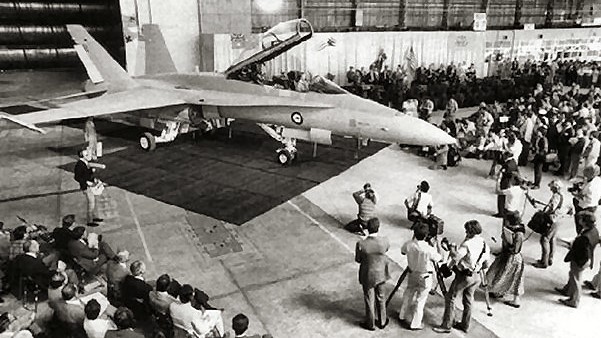 |
||
|
Australia reduced its shortlist for the Mirage replacement to only two candidates in November 1979. To fill the Tactical Fighter Force (TFF) requirement, the RAAF selected between the General Dynamics F-16 and the McDonnell-Douglas F/A-18 Hornet. On the 20th October 1981, the Hornet was selected.
The F/A-18 was a descendant of the Northrop YF-17, which had been the loser of the United States Air Force (USAF) light-weight fighter competition. On the 2nd May 1975, the US Navy announced the selection of McDonnell-Douglas-Northrop project, which became the F/A-18 Hornet, as a multi-mission aircraft with the 'F/A' designation signifying both fighter and attack roles. The Hornet resembled a YF-17, scaled up 12 per cent. The YF-18 prototype first flew on the 18th November 1978.
The Australian Government contracted to buy 75 Hornets for the RAAF in November 1981. This order was for 57 single-seat F/A-18As (serialled A21-1 to A21-57) and 18 two-seat F/A-18Bs (A21-101 to A21-118). The Hornet gave the Tactical Fighter Group several firsts, including a pulse-doppler look-down radar with a shoot-down capability, an inertial navigation system and a head-up display.
The Australian Hornet program was for the first two aircraft to be entirely assembled by McDonnell-Douglas (McAir) in the USA with the remaining 73 to be assembled by the Government Aircraft Factories (GAF) in Victoria.
The first RAAF Hornet, A21-101, made its first public appearance at the McAir plant at St Louis on the 29th October 1984. Two aircraft, A21-101 and A21-102, were then ferried in a non-stop record-breaking trans-Pacific 15-hour flight on the 17th May 1985. The 6,672 nm (12,360 km) flight from US Naval Air Station Lemoore, California, to RAAF Williamtown, made possible by inflight refuelling from US Air Force (USAF) KC-10 tankers, was led by No 2 Operational Conversion Unit (2OCU) Commanding Officer, Wing Commander Brian Robinson.
However, these were not the first RAAF Hornets to arrive in Australia. A21-103 and A21-104 had been flown inside a USAF C-5 Galaxy from St Louis, Missouri, arriving at Avalon, Victoria, on the 6th June 1984. These were in a knocked-down state for Australian assembly and, on the 16th November, A21-103 was rolled out by GAF at Avalon. Concurrently, at the main Tactical Fighter Group base at Williamtown, Mirage A3-3 (the first Australian-assembled Mirage) was flying a sortie to celebrate its 21st anniversary. It had first flown on the 16th November 1963.
A21-103 made its first flight at Avalon on 26 February 1985 in the hands of McAir test pilot, Rudi Haug (right). On this flight, A21-103 reached a speed of Mach 1.6 at an altitude of 40,000 ft. This aircraft was accepted by the RAAF on the 30th April 1985, formally handed over on the 4th May, and then delivered to 2OCU at Williamtown on the 17th May. The first 14 aircraft (A21-1 to A21-7, A21-101 to A21-107) were all allocated to 2OCU to enable the commencement of Hornet instructor training. 2OCU's Hornets were marked with a yellow and black tail flash, to which the unit's tiger head insignia was later added.
2OCU began the first RAAF Hornet conversion course at Williamtown on the 19th August 1985. The F/A-18 simulator was installed later that year, and on the 25th November the first single-seater (A21-1) was accepted.
The first operational RAAF Hornet unit was No 3 Squadron, reformed at Williamtown. The first two aircraft, A21-8 and A21-9, were collected from GAF at Avalon and delivered to Williamtown on the 29th August 1986. These aircraft were in low-visibility squadron markings with the Southern Cross on the fins and the Fleur-de-Lis (from No 3 Squadron's heritage in France during World War I) and flash on the fuselage spine. This marking was later changed to the No 3 Squadron winged-bomb badge. No 3 Squadron celebrated its 75th anniversary in 1991 and one aircraft, A21-57, was adorned with special fin markings for the occasion. The next unit to re-equip was No 77 Squadron at Williamtown in May 1987. No 77 Squadron's Korean lion marking, known as "grumpy monkey", was applied with a flash on the spine and a black arrow on the fins.
The final RAAF Hornet unit was No 75 Squadron. This unit had relinquished its
Mirages, the last operational in the RAAF, at RAAF Darwin in September 1988.
Meanwhile, crews were already undergoing Hornet conversion at Williamtown and
the first aircraft, A21-26, had been painted in the black diamond markings of No
75 Squadron and flown in April 1988. A further unit marking was No 75 Squadron's
magpie, with a flash on th
On 15 December 1988, the last RAAF dual-seat Hornet, A21-118, was delivered. Each squadron is allocated one or two dual-seaters, the Aircraft Research and Development Unit (ARDU) operate one, and the remainder equip 2OCU for their primary role of type conversion. The last RAAF Hornet, single-seater A21-57, was handed over on the 12th May 1990 and delivered by ARDU test pilot Squadron Leader Ron Haack (Right) to Williamtown on the 14th May. Two days later, the Officer Commanding No 81 Wing, Group Captain Ray Conroy, displayed this aircraft at RAAF Fairbairn for its official handover, five years after the first aircraft had been delivered across the Pacific.
In 1991 the RAAF commenced forward-looking infra-red (FLIR) pod operations with the Hornet. This pod enables the pilot to navigate and acquire the target at night by the passive use of FLIR, which is displayed on the head-up display. The target can then be designated with a laser spot tracker for the guidance of laser-guided munitions.
RAAF Hornets from Air Combat Group maintain a presence for the five-power Integrated Air Defence System (IADS) at Butterworth, Malaysia and Singapore, with deployments several times a year. In addition, Hornets have exercised in the Philippines, Thailand and United States. Since 2001, RAAF F/A-18 Hornets have also been deployed to Diego Garcia and the Middle East Area of Operations as a part of the RAAF's commitment to the International Coalition Against Terrorism and have also flown aerial patrols within Australia as a security force during the Commonwealth Heads of Government conference and the 2006 Commonwealth Games in Melbourne.
|
||
|
Cop: Please step out of the car. Me: I’m too drunk – you get in! |
||
|
|
||
|
35 Sqn Caribou crashes at Eliptamin in PNG
At about 1415 on the 23rd October, 1978, Caribou A4-164 crashed on take-off from remote Eliptamin airfield, PNG, 15 kilometres northeast of Telefomin in the Wewak FIA.
All three crew, captain Flight Lieutenant Bob Burstall, co-pilot Pilot Officer Mark Freeman and loady Corporal John Young, were unhurt. According to later 1978 press reporting, the ensuing salvage operation commenced on the 27th October 1978 when nine RAAF aircraft ferried 35 experts to the site in Papua New Guinea's West Sepik Province.
Hindered by the high altitude (5,600ft) and the lack of support equipment, the
salvage crew stripped the Caribou. Trees were felled to make an improvised
gantry for removing the wing. The engines, each weighing over 2,000lb, were
hauled across the airstrip by 50 villagers and then airlifted out. Once the
aircraft weight had been reduced to around 11,000lb, an RAAF Chinook, its
lifting ability reduced by the high altitude, was able to move the fuselage.
The Caribou was taken the 145 miles to the coast after a five-hour journey and two refuelling stops with a second Chinook carrying the fuel. A4-164 was subsequently repaired and returned to service. On the 30th May 1991 the Minister for Defence announced the Caribou fleet would be reduced from 21 to 14 aircraft, and A4-164 was the first withdrawn from service in November 1992.
It became a training aid at Richmond. The wings and tail section were removed and are now fitted to A4-173 at the Queensland Air Museum at Caloundra.
Go Navy!
The USS Constitution (Old Ironsides), as a combat vessel, carried 48,600 gallons of fresh water for her crew of 475 officers and men. This was sufficient to last six months of sustained operations at sea. She carried no evaporators (i.e. fresh water distillers).
However, let it be noted that according to her ship's log, "On July 27, 1798, the U.S.S. Constitution sailed from Boston with a full complement of 475 officers and men, 48,600 gallons of fresh water, 7,400 cannon shot, 11,600 pounds of black powder and 79,400 gallons of rum." Her mission: "To destroy and harass English shipping."
Making Jamaica on the 6th October, she took on 826 pounds of flour and 68,300 gallons of rum. Then she headed for the Azores , arriving there on the 12th November. She provisioned with 550 pounds of beef and 64,300 gallons of Portuguese wine.
|
||
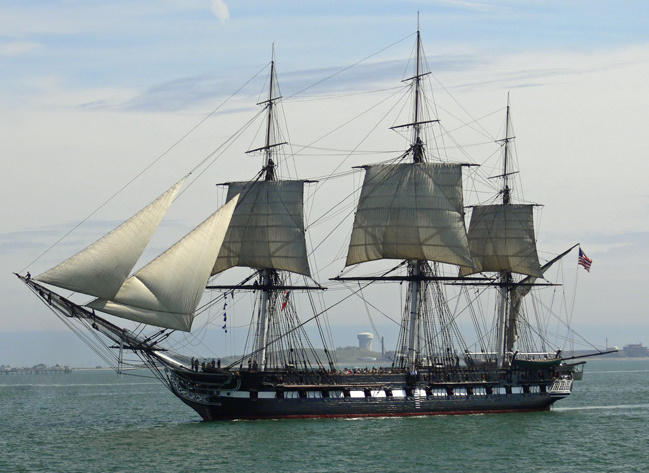 |
||
|
On the 18th November, she set sail for England . In the ensuing days she defeated five British men-of-war and captured and scuttled 12 English merchant ships, salvaging only the rum aboard each. By the 26th January, her powder and shot were exhausted, nevertheless, although unarmed she made a night raid up the Firth of Clyde in Scotland . Her landing party captured a whiskey distillery and transferred 40,000 gallons of single malt Scotch aboard by dawn. Then she headed home.
The USS. Constitution arrived back in Boston on the 20th February 1799, with no cannon shot, no food, no powder, no rum, no wine, no whiskey, and 38,600 gallons of stagnant water .
|
||
|
During a recent password audit by a company, it was found that an employee was using the following password: “MickeyMinniePlutoHueyLouieDeweyDonaldGoofySydney” When asked why she had such a long password, she rolled her eyes and said: “Hello! It has to be at least 8 characters and include at least one capital.”
|
||
|
Neptune.
The Historical Aircraft Restoration Society (HARS), which operates out of Shellharbour Airport at Albion Park, near Wollongong, has 3 Neptune aircraft.
Click the video below to see a video of one of those great old machines in action, it should bring back memories to those who 10 Squadroned all those years ago.
|
||
|
|
||
|
|
||
|
|
||
|
|
||
|
77 Squadron in Korea.
No. 77 Squadron RAAF was formed at RAAF Base Pearce, Western Australia in March 1942 and saw action in the South West Pacific theatre of World War II, operating Curtis P-40 Kittyhawks. After the war, it re-equipped with North American P-51D Mustangs and deployed to Japan as part of the British Commonwealth Occupation Force. The squadron was about to return to Australia when the Korean War broke out in June 1950. Led by Wing Commander Lou Spence, No. 77 Squadron was committed to action over Korea as part of United Nations Command (UN) and came under the operational control of the US Fifth Air Force. The Australian Unit was specifically requested by General Douglas MacArthur, commander of UN forces; the Mustang was considered the best long-range ground-attack aircraft in the theatre, and Lieutenant General George E Stratemeyer, commander of the US Far East Air Force contended that No. 77 Squadron was the best Mustang outfit in Japan.
The squadron flew its initial escort and patrol sorties from Iwakuni on 2 July 1950, becoming the first non-American UN unit to commence operations. Several Australian families were still living at Iwakuni pending their repatriation from what had become an operational theatre and could watch the Mustangs depart for missions over Korea.
A friendly fire incident occurred on 3 July 1950, when No. 77 squadron attacked a train full of US and Korean troops on the main highway between Suwon and Pyongtaek. Spence had raised concerns before the mission that the North Koreans could not have penetrated so far south, but was assured by Fifth Air Force controllers that the target was correct, the incident was widely reported in US newspapers but a public statement by Stratemeyer cleared the RAAF of any blame.
No. 77 Squadron did not encounter enemy aircraft in the opening phase of the war but often faced intense ground fire. It’s many bombing attacks severely disrupted the progress of enemy ground forces. It suffered its first fatality on 7 July when it’s deputy Commander, Squadron Leader Graham Strout, was killed during a raid on Samchok. He was also the first Australian, and the first non-American UN servicemen, to die in Korea.
It has operated the following aircraft:
The Air Force had operated 71 F/A-18A/B Hornets at Williamtown and Tindal since 1985, with No. 77 Squadron operating the Hornet out of Williamtown for the past 33 years (where has that time gone?). In that time, they have deployed on a number of operations, including Operations Falconer (Invasion of Iraq) and Okra – the first operational deployment of fighters since the Korean War. The F/A-18A (single seat) and F/A-18B (twin seat) Hornets are a multi-role fighter aircraft, capable of air-to-air and air-to-ground missions. They have been an integral part of Australia’s air combat capability.
In December 2020, an four-ship formation of F/A-18A/B Hornets filled the Williamtown skyline in a fitting farewell to the aircraft as it was retired from 77 Squadron on December 11. Click the video to see it.
|
||
|
|
||
|
|
||
|
77 Sqn's retired Hornets then escorted in the new F-35 Lightnings - see below. |
||
|
|
||
|
|
||
|
Don't be worried about your smartphone and TV spying on you. Your vacuum cleaner has been gathering dirt on you for years. |
||
|
|
||
|
March of the Spartans.
35 Squadron has demonstrated its readiness to deliver airlift support during contingency operations. On the 19th October, 2021, the Sqn simultaneously launched seven C-27J Spartans at Amberley, with an eighth Spartan already interstate on a separate task. Massed launches such as this are also called an ‘elephant walk’, describing the trail of aircraft taxiing to the runway.
The CO of 35 Squadron, Wing Commander Scott Egan, said it was the first time any global C-27J operator had conducted a mass launch on this scale. “Defence remains ready to provide relief to communities in Australia and across the region, and evacuate people to safety,” he said. “The C-27J Spartan is one of many Defence capabilities that can provide vital support to the nation, and our near region, particularly as we enter the high-risk weather season. “The mass launch demonstrates that No. 35 Squadron is prepared to support whole-of-government operations and deliver that response to remote airfields.”
Air Force has a fleet of 10 C-27J Spartans, providing a light tactical airlift capability between Army’s rotary-wing fleet; and larger Air Force transports such as the C-130J Hercules and C-17A Globemaster III. Each aircraft can carry up to 40 passengers or five tonnes of cargo.
Flight Lieutenant Sean Joyce, a pilot at 35 Squadron, was responsible for coordinating the March of the Spartans. The March of the Spartans was built around the routine practice of preparing and launching the C-27J, but required coordination and simultaneous actions across seven aircraft. Aircrew planned an achievable timeline and ancillary details including taxi order and positions of aircraft, radio-call phraseology and coordination, and contingency actions. Maintenance personnel, however, had a significant stake in the March of the Spartans being successful. “It takes time to prepare an aircraft for a day of flying, as well as to launch and recover planes,” Flight Lieutenant Joyce said. “Usually this is done with a time-based stagger to give technicians sufficient time and space to ‘turnaround’ aircraft and deal with any problems. For March of the Spartans, they now had to do all of this simultaneously for seven aircraft. This meant using shared resources and balancing manpower with other operations.
“It was a fantastic achievement by our maintenance and logistics team that we were not only able to prepare and launch all aircraft for the day simultaneously, but that all aircraft were ready early,”
Squadron Leader Justin van Beuningen, the Sqn Senior Engineering Officerm said the mass launch also reflected the success of recent maintenance reforms. “Since January 2020, we’ve completed a number of maintenance reforms to improve the fleet health as well as the availability and sustainability of the C-27J,” he said. “While there’s been a significant amount of work from our own maintenance and logistics teams, the reform would not have been possible without the support of C-27J enterprise partners. These include No. 84 Wing, Air Lift Systems Program Office, and our through-life support contractor Northrop Grumman Australia. The most significant reform has been the implementation of the Rolling Maintenance Program. This grouped together scheduled servicings and deferred defect rectification, optimising the maintenance down-time of aircraft and reducing the frequency of unserviceability. (Is that what we called a COS? - tb)
Additional improvements included the development of the Unit Maintenance Plan, as well as increased input into Fleet Planning. Experience with operating and maintaining the Spartan has grown since the first RAAF aircraft arrived at Richmond back in June 2015, followed by 35 Squadron relocating to Amberley in early 2019.
You can see the "Elephant Walk" below. |
||
|
|
||
|
|
||
|
If you get a loan from a bank you'll be paying it back for 30 years. If you rob a bank you'll be out in 10 years. Follow me for more financial advice. |
||
|
|
||
|
|
||
|
|
||
|
Back Go to page: 1 2 3 4 5 6 7 8 9 10 11 12 13 14 15 16 17 18 19 20 Forward |
||

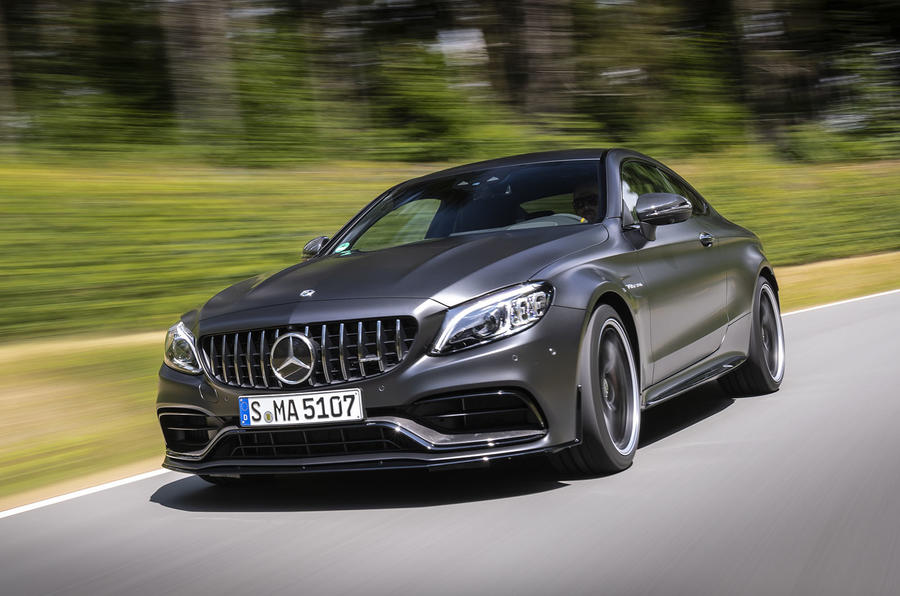
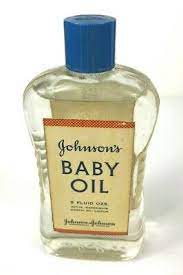
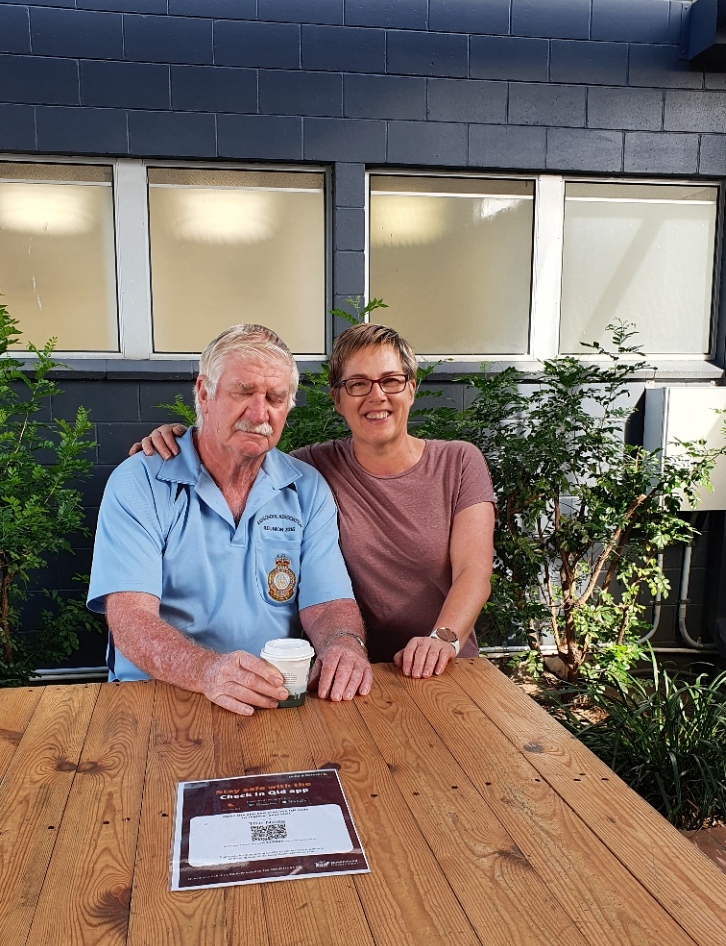

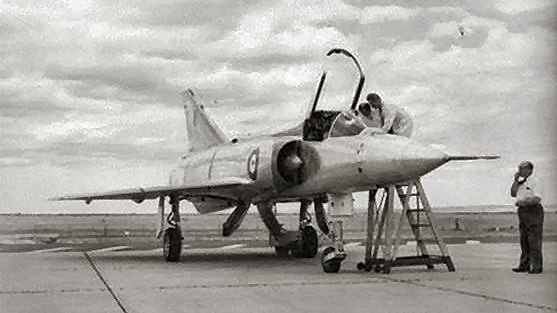
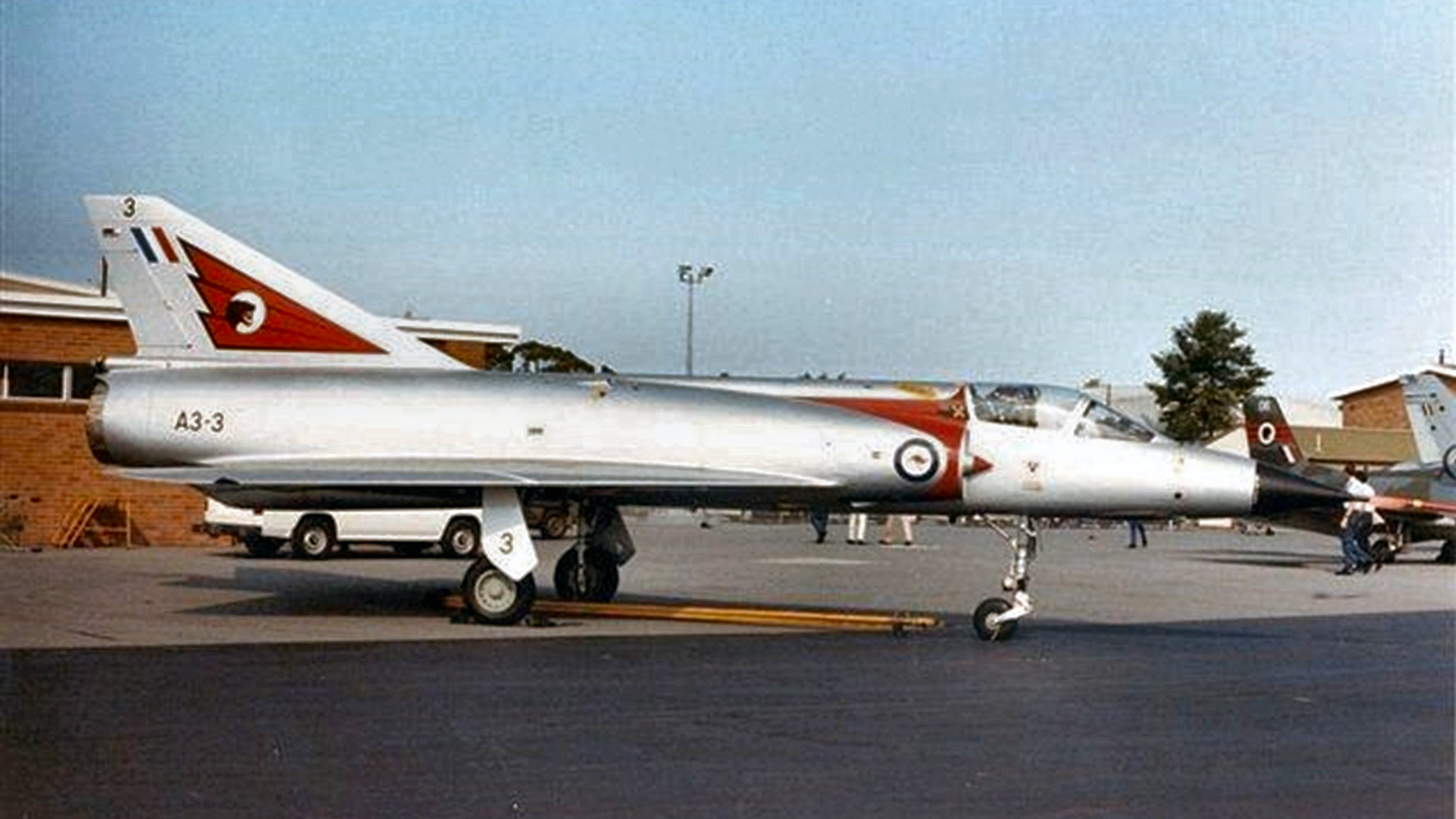
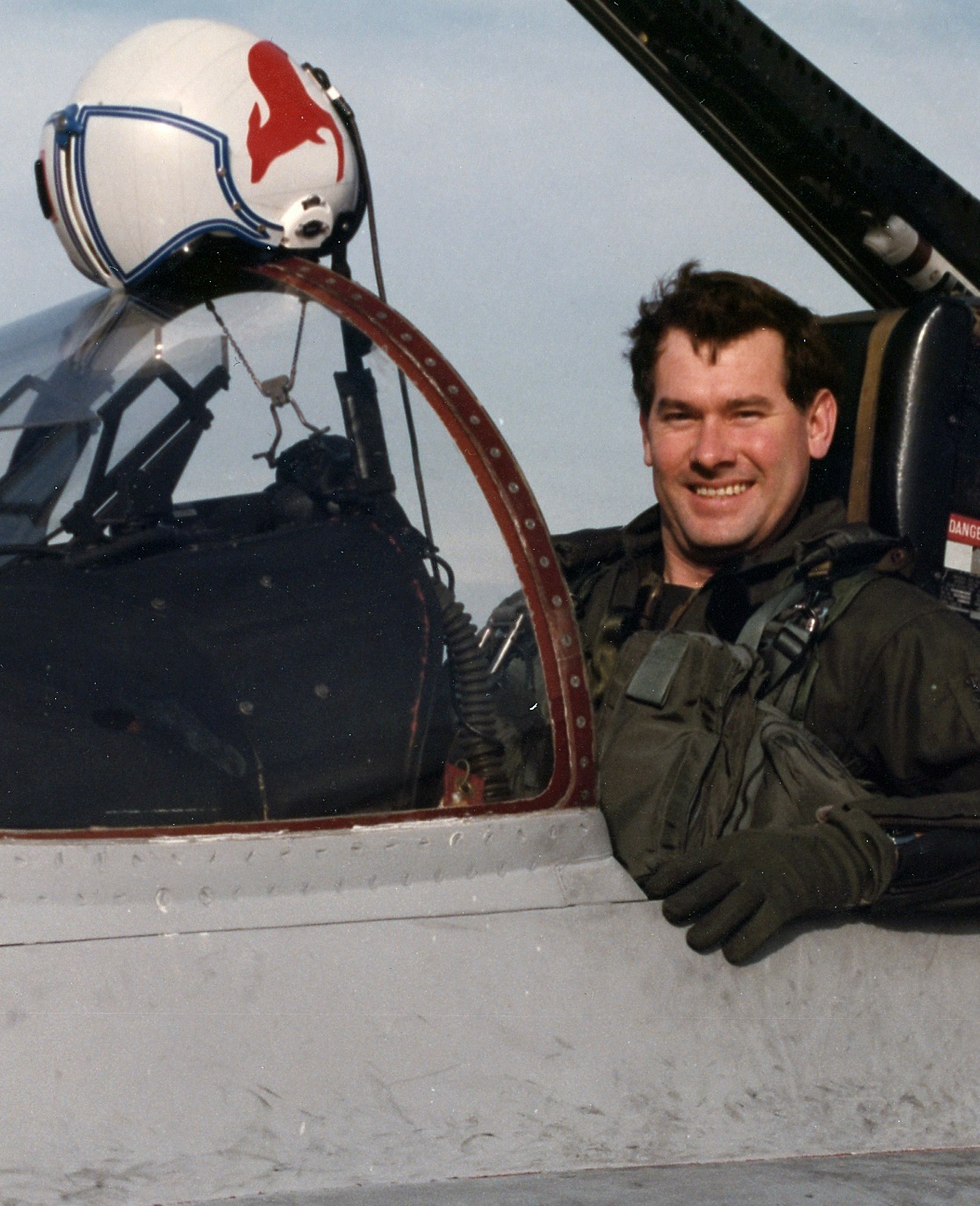 e
spine. No 75 Squadron commenced operations at RAAF Tindal with Hornets in
September 1988.
e
spine. No 75 Squadron commenced operations at RAAF Tindal with Hornets in
September 1988. 